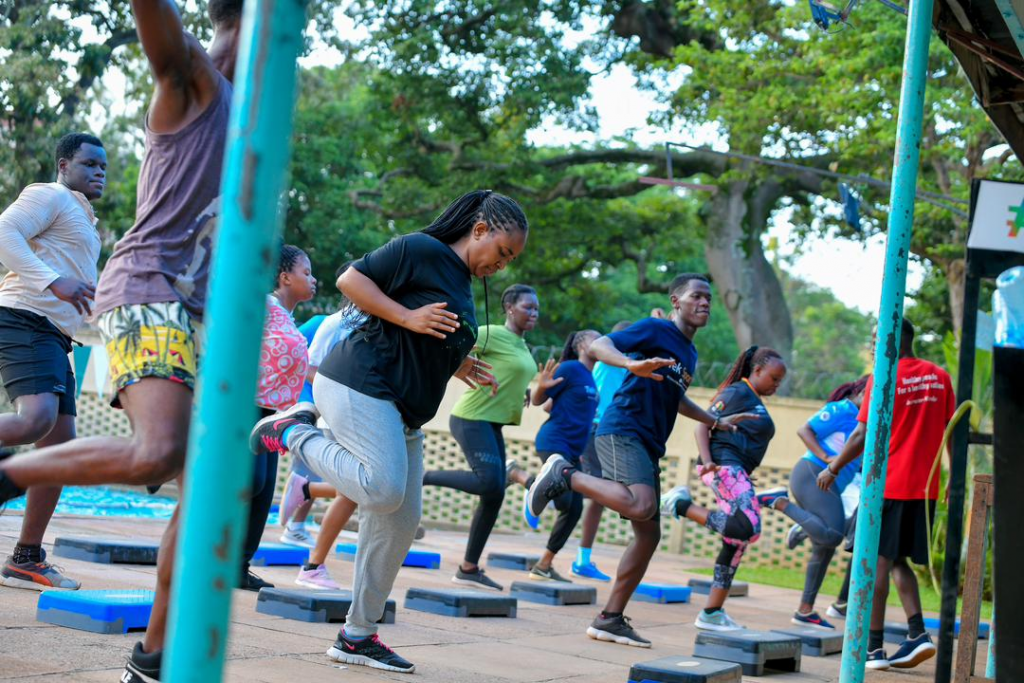
New research reveals a concerning global trend in physical activity levels among adults, with nearly one-third (31%) not meeting recommended activity levels in 2022—approximately 1.8 billion individuals.
This marks a notable increase of about 5 percentage points since 2010.
Projections suggest this trend could worsen, with inactive rates potentially reaching 35% by 2030, jeopardizing global targets aimed at reducing physical inactivity.
The World Health Organization (WHO) recommends adults engage in at least 150 minutes of moderate-intensity physical activity weekly to mitigate risks like cardiovascular diseases, diabetes, dementia, and certain cancers.
The study, conducted by WHO and published in ‘The Lancet Global Health Journal’, underscores regional disparities. The highest levels of physical inactivity were observed in the high-income Asia Pacific (48%) and South Asia (45%), contrasting with rates as low as 14% in Oceania.
Gender and age disparities are also evident, with women globally more likely to be inactive than men (34% vs. 29%), and adults over 60 showing lower activity levels, highlighting the need for targeted interventions for older populations.
Dr. Tedros Adhanom Ghebreyesus, WHO Director-General, emphasized the missed opportunities for health improvements due to insufficient physical activity.
“We must renew our commitment to increasing physical activity levels through bold actions, including policy reinforcement and enhanced funding” WHO Director-General stated.
Despite these challenges, progress is visible in some countries, with nearly half of the world’s nations showing improvement in physical activity trends over the past decade. Twenty-two countries are on track to meet the 15% reduction in inactivity target by 2030 if current trends continue.
Therefore, the World Health Organisation is pushing for comprehensive policies promoting physical activity across societies, emphasizing accessibility and enjoyment to encourage healthier lifestyles.

Dr. Fiona Bull, WHO Unit Head for Physical Activity, stresses the need for collaborative efforts and innovative strategies to reach all demographics, thereby reducing health disparities linked to physical inactivity.





